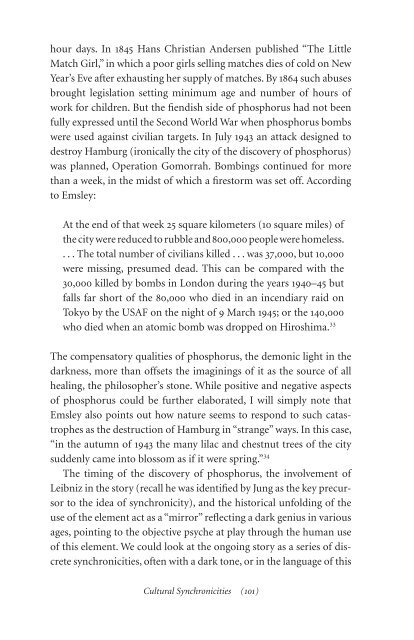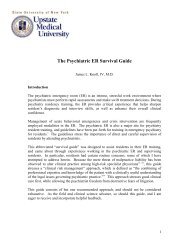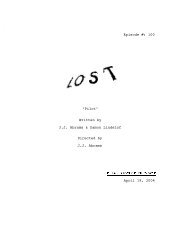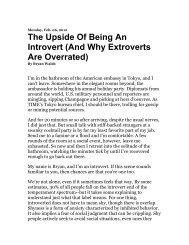Synchronicity Cambray
Synchronicity Cambray
Synchronicity Cambray
Create successful ePaper yourself
Turn your PDF publications into a flip-book with our unique Google optimized e-Paper software.
hour days. In 1845 Hans Christian Andersen published “The Little<br />
Match Girl,” in which a poor girls selling matches dies of cold on New<br />
Year’s Eve after exhausting her supply of matches. By 1864 such abuses<br />
brought legislation setting minimum age and number of hours of<br />
work for children. But the fiendish side of phosphorus had not been<br />
fully expressed until the Second World War when phosphorus bombs<br />
were used against civilian targets. In July 1943 an attack designed to<br />
destroy Hamburg (ironically the city of the discovery of phosphorus)<br />
was planned, Operation Gomorrah. Bombings continued for more<br />
than a week, in the midst of which a firestorm was set off. According<br />
to Emsley:<br />
At the end of that week 25 square kilometers (10 square miles) of<br />
the city were reduced to rubble and 800,000 people were homeless.<br />
. . . The total number of civilians killed . . . was 37,000, but 10,000<br />
were missing, presumed dead. This can be compared with the<br />
30,000 killed by bombs in London during the years 1940–45 but<br />
falls far short of the 80,000 who died in an incendiary raid on<br />
Tokyo by the USAF on the night of 9 March 1945; or the 140,000<br />
who died when an atomic bomb was dropped on Hiroshima. 33<br />
The compensatory qualities of phosphorus, the demonic light in the<br />
darkness, more than offsets the imaginings of it as the source of all<br />
healing, the philosopher’s stone. While positive and negative aspects<br />
of phosphorus could be further elaborated, I will simply note that<br />
Emsley also points out how nature seems to respond to such catastrophes<br />
as the destruction of Hamburg in “strange” ways. In this case,<br />
“in the autumn of 1943 the many lilac and chestnut trees of the city<br />
suddenly came into blossom as if it were spring.” 34<br />
The timing of the discovery of phosphorus, the involvement of<br />
Leibniz in the story (recall he was identified by Jung as the key precursor<br />
to the idea of synchronicity), and the historical unfolding of the<br />
use of the element act as a “mirror” reflecting a dark genius in various<br />
ages, pointing to the objective psyche at play through the human use<br />
of this element. We could look at the ongoing story as a series of discrete<br />
synchronicities, often with a dark tone, or in the language of this<br />
Cultural Synchronicities ( 0 )









